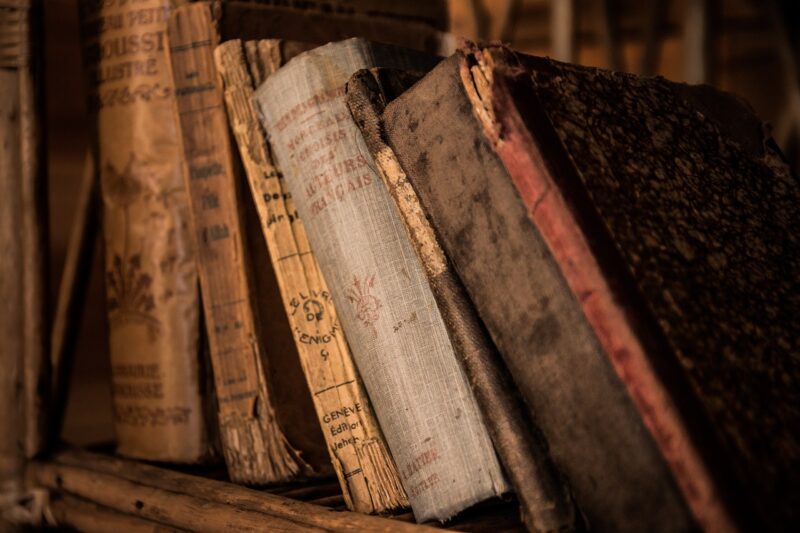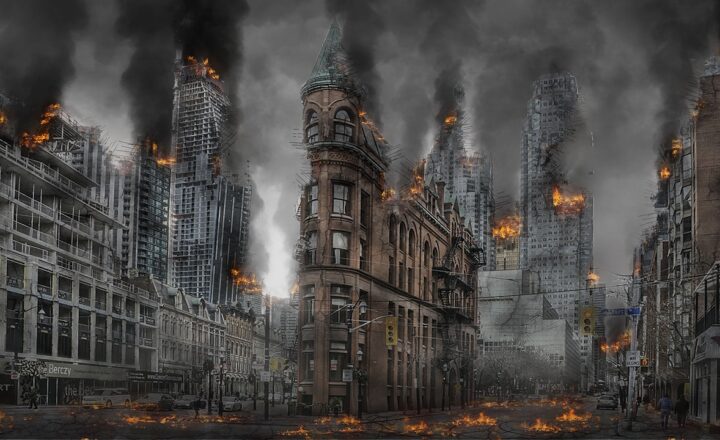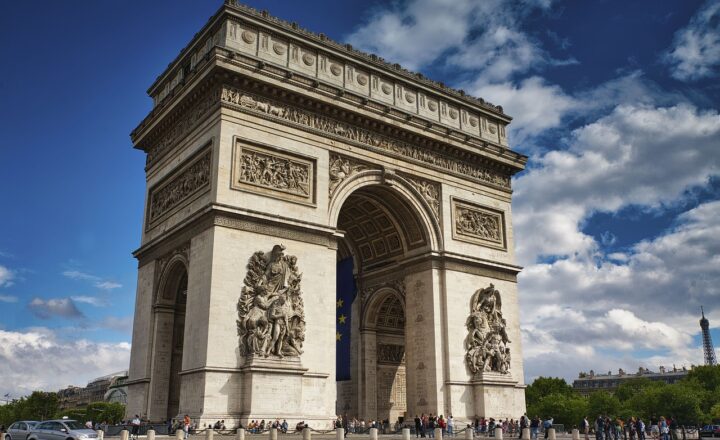The Most Unbelievable Coincidences in History That Will Leave You Amazed
November 16, 2024

History is full of events that seem too incredible to be true. These moments of sheer coincidence shape our understanding of the world and challenge the boundaries of logic and probability. From strange occurrences on the battlefield to uncanny synchronizations between individuals, these unbelievable coincidences captivate our imagination and leave us in awe.
1. The Lincoln-Kennedy Coincidence
Often cited as one of the most astonishing coincidences in American history, the parallels between Presidents Abraham Lincoln and John F. Kennedy are truly remarkable.
– Both men were assassinated on a Friday, seated next to a woman.
– Lincoln was shot in Ford’s Theatre, while Kennedy was shot in a Ford car.
– They both had four children and their last names each have seven letters.
– Lincoln was a Democrat and Kennedy was a Republican, and both were succeeded by a Vice President named Johnson (Andrew Johnson and Lyndon B. Johnson).
These uncanny similarities, along with many others, continue to fascinate historians and casual observers alike long after both presidents have passed.
2. The Sinking of Titanic and the Novel ‘Futility’
In 1898, a novel entitled ‘Futility’, written by Morgan Robertson, told the story of an ill-fated ship named Titan, which struck an iceberg and sank on its maiden voyage.
What’s shocking about this coincidence is how closely Titan resembles the RMS Titanic, which sank in 1912:
– Both ships were touted as “unsinkable.”
– Titan was described as the largest ship of its time, with similar dimensions to Titanic.
– The level of lifeboats on both ships was deemed insufficient for the number of passengers.
The eerie parallels raise questions about foresight, intuition, and the nature of creativity in literature.
3. The Great Moon Hoax of 1835
During the 1830s, the New York Sun published a series of articles claiming that a telescope had revealed life on the moon, including bat-like creatures and a civilization similar to humanity’s.
The stories captivated and deceived the public, serving as both a fascinating tale and a reminder of the power of media. The parallels between this hoax and modern-day sensationalism in journalism are staggering:
– Both situations involve the mass consumption of fictitious stories.
– Credibility often takes a backseat to sensationalism in the quest for readership.
The Great Moon Hoax parallels how individuals can be entranced by fiction, blurring the lines between reality and imagination.
4. The Curse of the Pharoahs and the Discovery of King Tutankhamun’s Tomb
The discovery of King Tutankhamun’s tomb in 1922 had a strange coincidence tied to its so-called “curse.” Following the opening of the tomb, several individuals linked to the excavation died unexpectedly.
The famous curse warned of doom for those who disturbed the young pharaoh’s resting place, which coincidentally aligned with numerous deaths:
– Lord Carnarvon, who financed the excavation, died shortly after the tomb was opened.
– Other key figures also experienced untimely deaths shortly after the discovery.
While many attribute the curse to coincidences, the intriguing narratives surrounding King Tut continue to capture public fascination.
5. The Births and Deaths of Notable Figures
Some remarkable coincidences arise from the lives of notable figures. For example, both American writers Mark Twain and Halley’s Comet have an astonishing timeline.
– Twain was born shortly after Halley’s Comet appeared in 1835 and famously predicted that he would die with it.
– Twain passed away the day after Halley’s Comet appeared again in 1910.
Their extraordinary connection raises intriguing questions about fate, legacy, and the mysteries of the universe.
6. Napoleon and the Great Fire of Moscow
In 1812, during Napoleon Bonaparte’s invasion of Russia, he reached Moscow only to find the city in flames. The coincidental timing puzzles historians:
– The fire began after the French troops entered the city and coincided with the culmination of Napoleon’s military ambitions.
– It’s believed that the Russians intentionally set fire to Moscow to deny Napoleon supplies and shelter.
The Great Fire of Moscow serves as a pivotal moment that changed the course of European history, illustrating how timing and circumstances can dramatically shape events.
7. The Fall of Constantinople and the End of the Hundred Years’ War
In 1453, the city of Constantinople fell to the Ottomans on May 29. Coincidentally, this event marked an important transition in European history, aligning with the conclusion of the Hundred Years’ War:
– The last stronghold of the Byzantine Empire was conquered.
– The end of the English-French conflict changed the map of Europe and opened the door for the Renaissance.
These events illustrate how different historical timelines overlap and influence one another in unexpected ways.
Conclusion
Coincidences are a fascinating element of history that show how intertwined events, chance, and fate can be. As we explore the stories of Lincoln and Kennedy, the sinking of the Titanic, supernatural phenomena surrounding King Tut, and the remarkable timing of notable lives, we become aware that history sometimes works in mysterious and improbable ways.
Whether you view these occurrences as mere coincidences or a sign of something larger, their impact on our narrative shapes the understanding of time and fate in profound ways. The allure of the unbelievable continues to inspire us, provoke curiosity, and encourage discovery where we least expect it.







